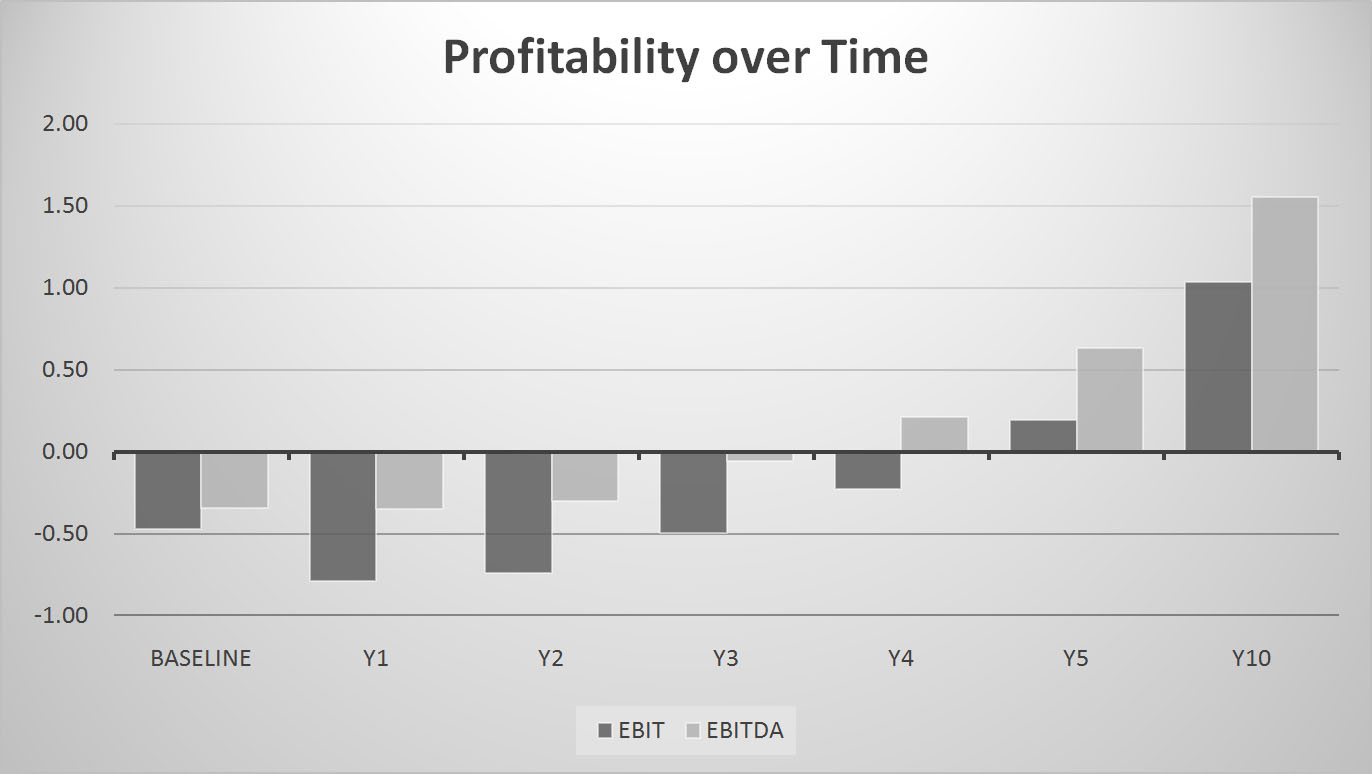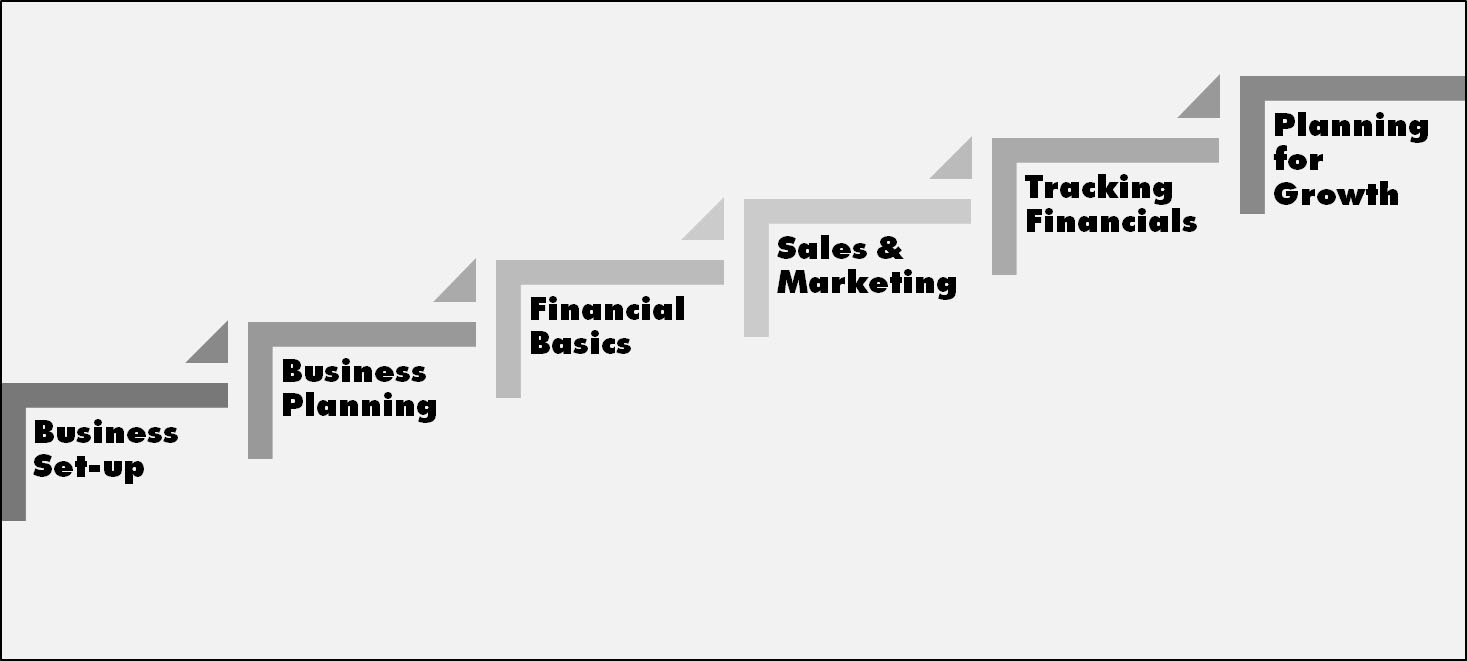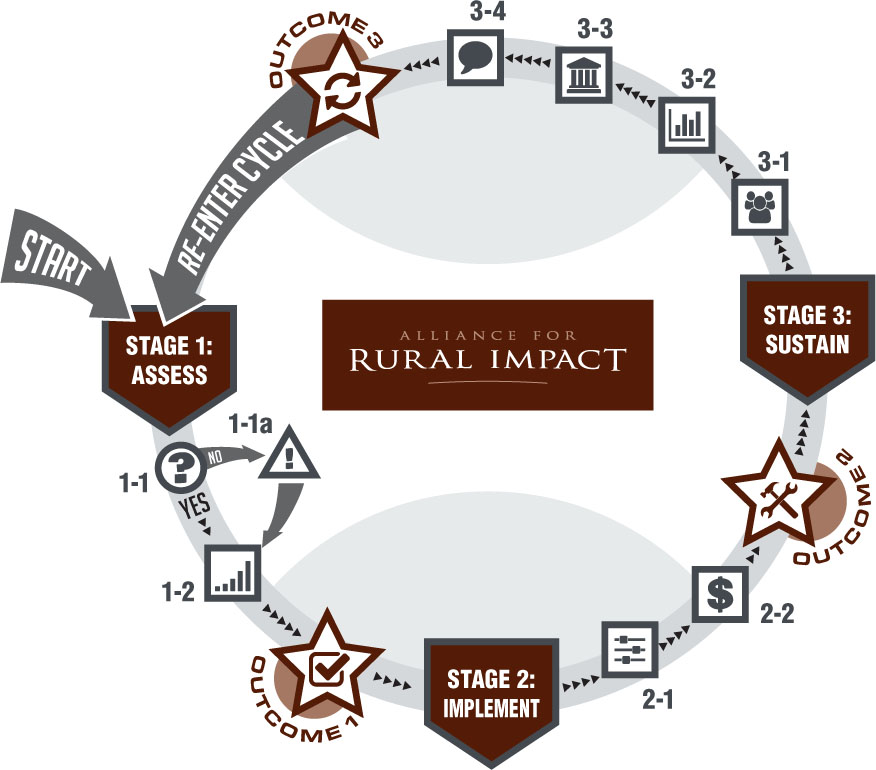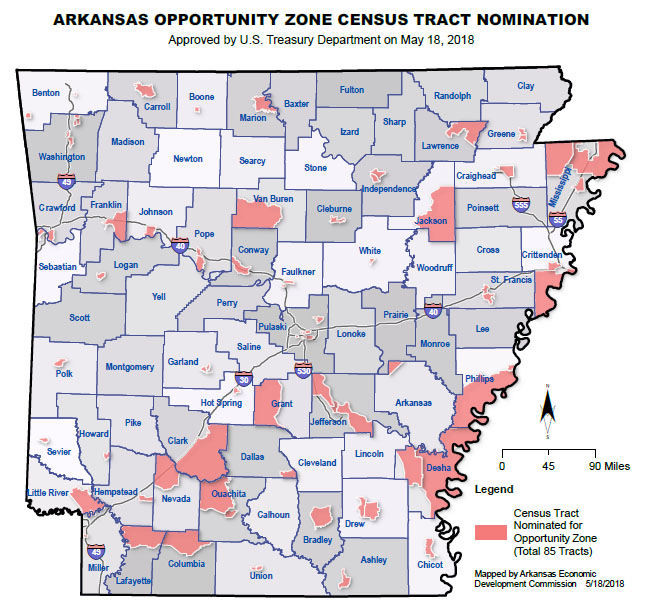Our Impact
Case Studies
CAPACITY & STRUCTURE DEVELOPMENT
Our client operated a successful small business with production in several locations. Over the years, they had created brand recognition for producing high quality products with top-notch service…
FINANCIAL SERVICES DEVELOPMENT
ARI worked with a large government agency with extensive experience in providing technical assistance to existing and potential small businesses in their region. Our client desired to take…
LOCAL FOOD SYSTEM DEVELOPMENT
Agriculture is at the very center of human existance. While the majority of American families once raised a significant portion of their own food, in recent years Americans have completely…
COOPERATIVE DEVELOPMENT
Our client began as a multi-farm CSA and has grown into a year-round distributor of local produce and meats, serving both CSA members and food service accounts across…
DOWNTOWN DEVELOPMENT
Our client recently launched an initiative to rejuvenate the central business district, restoring this area as the heart and soul of the community. The task is formidable—years of…
OPPORTUNITY ZONE INVESTMENTS
In 2017, a new program was developed through the US Department of the Treasury designed to encourage development in low-income census tracts throughout the country…
PROCESS MODERNIZATION
Through its diverse and broad network of technology providers, ARI offers its clients turn-key, one-stop solutions accompanied by implementation support…
SMALL BUSINESS ASSISTANCE
Structuring for Profitability
Our client operated a successful small business with production in several locations. Over the years, they had created brand recognition for producing high quality products with top-notch service to their clientele. Shifts in the marketplace, new product lines, and challenges with the current locations caused instability in the revenue streams. This client needed a new business plan that provided a pathway to profitability.
Our team analyzed the business’s revenues and expenses for each product line and each facility, creating a multitude of scenarios for growth over the next ten years. We determined the best course of action for production – including which product lines should be expanded and the optimal location for centralization of operations. The new business plan demonstrated the return to profitability, with a new management structure, marketing plan and centralized location.
A key aspect of this business planning process was a detailed analysis of the product lines. We were able to demonstrate the difference in profitability for our client’s traditional products as compared to new products that provide little to no return on investment. Shifting focus back to the more profitable products will allow our client to realize significant increases in revenue and profitability over time.
Designing a System for Local Investment
ARI worked with a large government agency with extensive experience in providing technical assistance to existing and potential small businesses in their region. Our client desired to take the next step and offer loans directly to those businesses. In order to begin, there was a need to examine the feasibility of such an option and create a management and program structure that would be self-supporting and sustainable.
Our team conducted a number of surveys in various population segments within the regional boundaries. We found that the need for additional lending services and technical assistance was substantial. Though there were several loan programs operating in the area, the gaps for financing were still significant for small businesses. Development of a new source – especially coupled with the top-notch technical assistance programs already being offered – appeared to be a highly viable opportunity.
Next, we utilized the initial findings to develop a recommended programmatic and operational methodology. This included options for management of the lending program depending upon the type of funding used to seed the loan fund. We considered several sources and structured a multi-faceted program that included a mix of local and federal funds to provide the best combination of lending options that could start immediately and grow exponentially over a five-year period. Loan policies and procedures were developed to cover a range of programming options.
A key aspect of this process was the development of an implementable action plan delineating how and when programming could begin and expand. The action plan depicted a scenario that would allow for self-sustaining operations within three to five years.
Strengthening the Local Food System
Agriculture is at the very center of human existance. While the majority of American families once raised a significant portion of their own food, in recent years Americans have completely separated themselves from their food sources. For rural communities, agriculture is an important piece of the economic puzzle. Unfortunately, over the years, local producers have not been afforded or not had access to fundamental business knowledge resulting in a lack of understanding and systems to support long-term viability and financial security.
Our team developed IMPACT GROUNDWORKS™, an interactive, curriculum-based program designed to assist producers to build and maintain the business systems needed to run a successful enterprise. IMPACT GROUNDWORKS™ provides customizable assistance based on existing capacity and allows for system growth by providing expert technical assistance and access to funding to ensure sustainable business development.
A key aspect of this program is the focus on cash flow and actual cost of goods development for producers in the local food systems of rural communities.
Financial Literacy and Empowerment
Our client began as a multi-farm CSA and has grown into a year-round distributor of local produce and meats, serving both CSA members and food service accounts across the state of Arkansas. After four years of operation, the identification of fundamental financial and business planning knowledge deficits led to Alliance for Rural Impact’s development and implementation of Impact Groundworks™.
Our team created a framework designed to stabilize and standardize farm and cooperative business practices by starting at the producer’s level of capacity and building up from there. By standardizing practices across cooperative membership farms, we were able to provide templates, deliver one-on-one technical assistance and build the capacity of the producers, thus creating the environment for a healthier, more fruitful cooperative.
A key factor for this project was the development of metrics that addressed the needs of the cooperative through the standardization of practices that, if utilized consistently, could lead to sustainability.
Capitalizing on Creativity, Culture and Heritage
Our client recently launched an initiative to rejuvenate the central business district, restoring this area as the heart and soul of the community. The task is formidable – years of out-migration from the downtown have left the district empty and dilapidated. Buildings are abandoned, streetscapes are nonexistent, and commerce has moved to other locations.
Yet there is new life coming. After a massive hurricane devastated the area, new single- and multi-family units are being developed around the downtown district. Private investment is bringing jobs to the central district as well. New parks and walkways are being constructed to connect neighborhoods to the commercial center. This influx of population calls for the development of the support industry, especially retail, food, housing and entertainment options.
The community needs focused implementation assistance for projects to have the intended impact. Our team – including experts in community development, local food development, destination branding, downtown development and housing – is dedicated to helping this community achieve its vision.
A key factor is a focus on phased implementation based on customized Return-on-Investment calculations. Projects are analyzed to determine which will have the greatest impact on the community – economically and socially. Those needing moderate investment but yielding the highest benefit are considered Phase I priorities.
Unique financing methodologies are being packaged to complete priority projects, including a combination of local funding, private investment, public development funding opportunities and grants. ARI works with community leaders to create investable projects, find the resources and ensure project completion. At the same time, systems are developed to sustain progress for years to come.
Developing Opportunities for Investment
In 2017, a new program was developed through the US Department of the Treasury designed to encourage development in low-income census tracts throughout the country. These “Opportunity Zones” were designated in each state and incentivize private investment into qualified projects by reducing taxes on capital gains.
For the state of Arkansas, 85 Opportunity Zones were identified; the majority of these were located in rural communities with a population of 25,000 people or less.
ARI worked as the community liaison to support the implementation of “Opportunity Arkansas,” an initiative of Winrock International to build the capacity of local officials to develop projects, review potential investment opportunities, and create a website to promote Opportunity Zones from throughout the state.
Working with local leaders, we assessed the needs of each community. Once the needs were better understood, ARI developed and delivered an educational curriculum designed for community officials and interested developers. We also identified potential projects and provided assistance to communities to ready those projects for promotion on the newly developed Opportunity Arkansas website. ARI also worked with individuals and communities to find potential investors or develop qualified funds for investment.
FRONT-LINE AUTOMATION
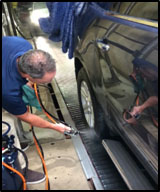 The owner/operator of a local car wash chain requested assistance and direction on how to best address employee absenteeism challenges for a repetitive, physically-taxing job in the workflow of the car wash through automation.
The owner/operator of a local car wash chain requested assistance and direction on how to best address employee absenteeism challenges for a repetitive, physically-taxing job in the workflow of the car wash through automation.
The challenge was that the automation needed to be fully integrated into the car wash’s existing conveyor-belt operation to accurately apply the tire dressing to the wheels without reducing throughput.
A key aspect of this solution is eliminating a physically-taxing, manual-labor job by introducing front-line automation to address workforce issues.
The solution was a customized three-axis robotic system with an incorporated vision system that could seamlessly apply the tire dressing in the existing operation without decreasing quality or throughput. This solution was able to show a return and pay back within nine months of installation.
| Program / Offering | Purpose | Solution Examples | Indicators of High-Potential Candidates |
| Front-line Automation | To introduce technologies to eliminate “D3” jobs; address unfilled roles, or improve quality | Industrial robotic systems |
|
BACK-END AUTOMATION
A rural water utility company faced a dilemma when offices consolidated and a tenured billing clerk was scheduled for retirement. The consolidation created a tripling of work. An antiquated system and the new workload put pressure on the existing staff. The billing department needed a way in which to deal with the extra volume.
The solution was a software automation (RPA) system to take over the repetitive manual tasks without the need for a new IT infrastructure. This solution was able to show return and pay back in full within 12 months of installation.
| Program / Offering | Purpose | Solution Examples | Indicators of High-Potential Candidates |
| Back-end Automation | To streamline functions such as accounting, accounts payable, receivables, billing, customer svc., etc. | RPA (“bot-based”) systems |
|
FRONT-LINE AUTOMATION
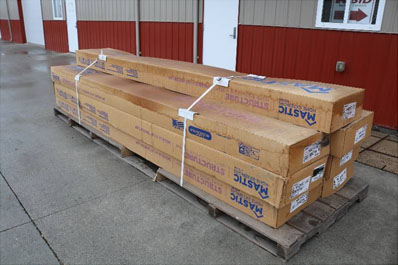 A mid-sized, vinyl siding manufacturer needed to address a process that was not ergonomic and only a few could perform. The process was manual and, at times, complex and dangerous to those performing the duties.
A mid-sized, vinyl siding manufacturer needed to address a process that was not ergonomic and only a few could perform. The process was manual and, at times, complex and dangerous to those performing the duties.
The challenge was the large boxes used to package the vinyl siding were unwieldy and difficult to form. When imperfections occurred, the boxes were unable to be positioned correctly resulting in scratched surfaces of the finished products.
A key aspect of this solution was significantly decreasing the amount of wasted product due to forming and positioning issues.
The solution was a customized fixtures and robotic system that formed and positioned the vinyl siding boxes. This eliminated workforce issues around positioning and product waste. This solution showed a return and payback within 18 months of installation.
| Program / Offering | Purpose | Solution Examples | Indicators of High-Potential Candidates |
| Front-line Automation | To introduce technologies to eliminate “D3” jobs; address unfilled roles, or improve quality | Industrial robotic systems |
|

